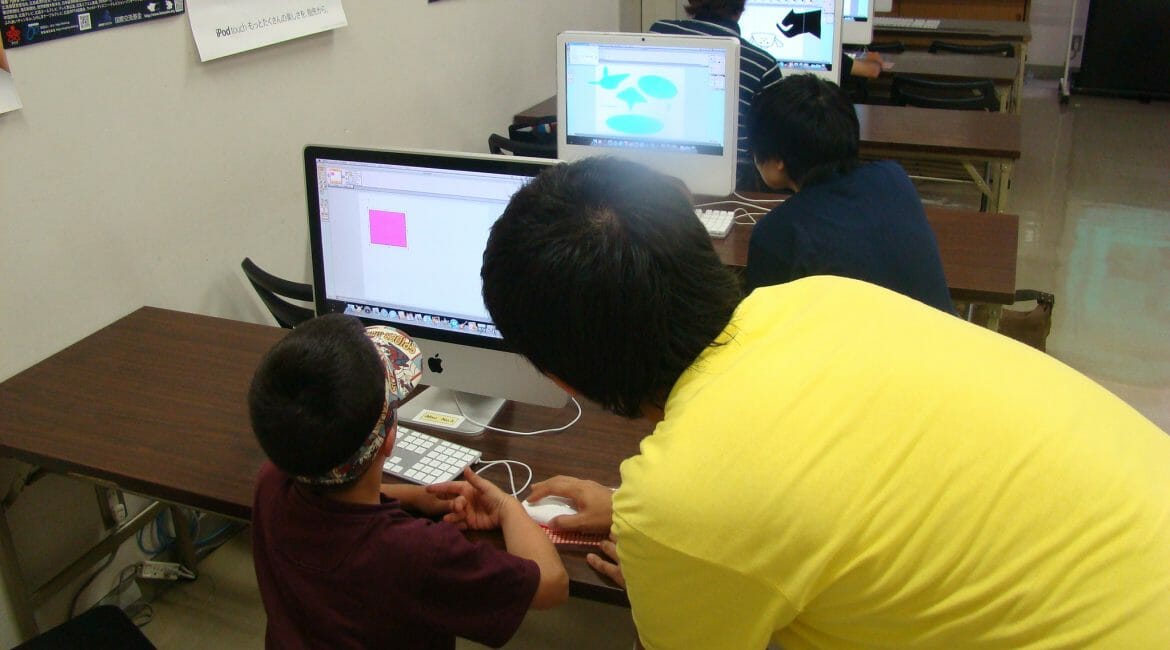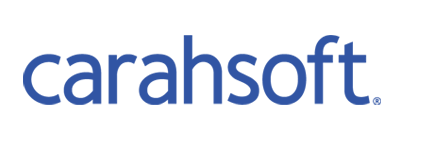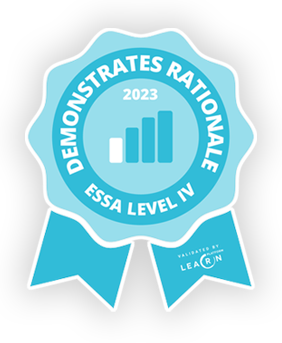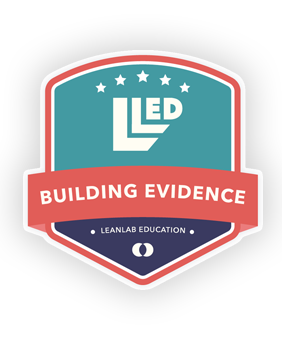There was a time when technology was seen as something arduous to integrate into schools, but those days are long gone. Technology enhanced learning or TEL has become essential to educational outcomes in schools and classrooms everywhere. Also, as necessity is the mother of invention, the global pandemic only accelerated TEL learning. During the last few years technologies did not only become something that could be used in the classroom, they became something that had to be used. This necessity expanded how educational technology in school is integrated into lessons and how it supports educators and students alike.
TEL education offers ways to improve the learning experience for students and support teachers in delivering that experience. Let’s take a look at the uses of technology enhanced learning and offer some examples of technology in education.
What Is Learning Technology?
Let’s first define what TEL is. Technology enhanced learning is the incorporation of any technology into lessons and teaching that enhances the classroom learning experience. This can include both analog and digital technologies, but digital technology for teaching and learning is the main force behind TEL education.
Digital technologies have permeated education through devices, software, applications and platforms. This implementation of technology has enhanced both the teaching and learning process. It has transformed much of how:
- Educators teach content
- Students interact and learn content
- Educators evaluate student learning
- Students use their learning inside and outside the classroom
E-learning or digital learning uses technology-mediated methods to support student learning in the classroom and virtually through online platforms. E-learning technologies support assessment, tutoring and instruction. These technologies continue to evolve and improve education for both students and educators. The general use of digital technologies increases daily, so it is no wonder that the tech tools and resources available to schools have also increased. Technology enhanced learning resources continue to grow and expand the possibilities of e-learning.
Why is technology enhanced learning important?
The importance of technology in education continues to grow as technology becomes more a part of our 21st Century lives and incorporating technology enhanced learning has become a widely used educational practice. A survey report by Smoothwall revealed that 56% of teachers responded that they believe technology makes students more noticeably engaged. Stats like this point to the use of TEL becoming more important in classroom learning.
Benefits of TEL for Students
There are many ways to bring technology enhanced learning experiences into the classroom to benefit students. The wide usage of devices allows for easier delivery of digital technologies geared toward student learning. This has expanded learning opportunities for students in valuable ways.
Self-paced Learning
One of the benefits of TEL over traditional learning models is the opportunity for students to more meaningfully learn at their own pace. Enabling this autonomy supports tailored learning on an individual level. Students can more easily review lessons through recordings and digital note taking. This is especially true when something is more difficult to understand or if a lesson is missed altogether, which can vary greatly, and daily, from student to student. When needed students can take pop quizzes, check their own work, review material or move on the next lesson
Group Collaboration
Group projects, collaboration and peer-to-peer learning opportunities are no longer tied to face-to-face interaction in a shared physical space. Digital learning has taken group projects and peer group chats to a whole new level, giving students more ways to collaborate and organize tasks than ever.
Resource Access
The expansion of digital technologies has given students expanded access to more and more resources. Through e-books, video tutorials and gamification student learning becomes more engaging, interactive and fun. This expanded access to different forms of information also has the ability to reach different types of learners, expanding learning outcomes.
Resources access goes beyond just information students can read or view too. Livestream technology has made it possible for students to engage with material through live interaction. Creative performances and interactive presentations originating outside of the classroom can be brought into the classroom through livestream technology. Livestream Learning Studio is an example of using this technology to bring live, hosted educational events into the classroom that expand learning possibilities for students. Accessing real time interaction through livestream technology allows students the chance to engage with material in dynamic ways, increasing retention.
Career Pathways
Basic tech skills are necessary for almost any job. As technologies grow this fact becomes more important in students’ lives. Learning these essential job skills early increases student access to relevant career pathways, allowing for more seamless transitions into available professions.
Learning Enjoyment
Technology enhanced learning can engage students in multiple ways and make learning more enjoyable. With increased opportunities for participation, interaction and deeper learning TEL can boost the joy of learning. When students enjoy the learning process, better learning outcomes are bound to follow.
Learning Beyond the Classroom
An increase in self-paced learning and resource access coupled with a deeper dive into content helps students develop knowledge and skills that expand their ability to learn beyond the classroom. It teaches them that continued learning is not only possible but within their skill set. When students are given the skills and tools to learn at their own pace it gives them the confidence to continue to use those skills not only for school work but in other parts of their lives as well.
Benefits of TEL for Teachers
Teachers are always looking for new ways to give students enhanced learning experiences and TEL resources for teachers abound that can do just that. By integrating technology into lessons educators have the opportunity to present content and engage students in multiple ways. They also have the opportunity to be better supported in doing so.
Teaching Methods
Teaching methods are becoming heavily influenced by devices and the growth of educational software, applications and digital platforms. This increased teacher access to both interactive materials and ways to present those materials is supporting new approaches to teaching and fostering greater classroom interactivity. These expanded methods allow teachers to more easily develop interactive lessons that enhance student engagement.
Technology as a Resource
Expanding technology does not only give teachers tools for their students to engage in self-paced computer learning. Digital technology also expands educational resources that can bring content to life in the classroom. Things like engaging illustrations, stories, performances and livestreams facilitate connection, participation and interaction. Real-time interaction with resources outside the classroom allows for teachers to expand how students engage with content in exciting and dynamic ways. Teachers are then supported in capturing student attention, deepening their engagement and enhancing their content retention.
Teacher Resources
TEL has expanded educator resources into different formats, including video, audio, gamification and digital livestreams. These resources make it easier for teachers to cater to different learning styles by offering more creative ways to teach content and open new learning pathways for students. Educators also have an increased ability to leverage digital tools and software, and up-to-date data, figures and current news, broadening the scope of material beyond what is available in the physical classroom.
Peer Learning Opportunities
With online support networks and resources becoming more accessible, teachers can be more easily supported by subject experts and other teachers through online forums and discussion groups. Teachers have more resources and opportunities to join education peer groups regardless of location to get the support they need to tackle subjects, find different approaches and apply new methods and material.
Assessment Tools
Technology enhanced learning has changed the way educators conduct assessments and has allowed for more frequent and tailored evaluation for individual students. This in turn supports teachers in tailoring their lessons to meet student needs and raising learning outcomes.
Communication
Video conferencing software, learning management systems and collaboration tools open up access to more communication channels between teachers, students and parents. These multiple communication channels foster earlier and more individualized intervention strategies for better student progress.
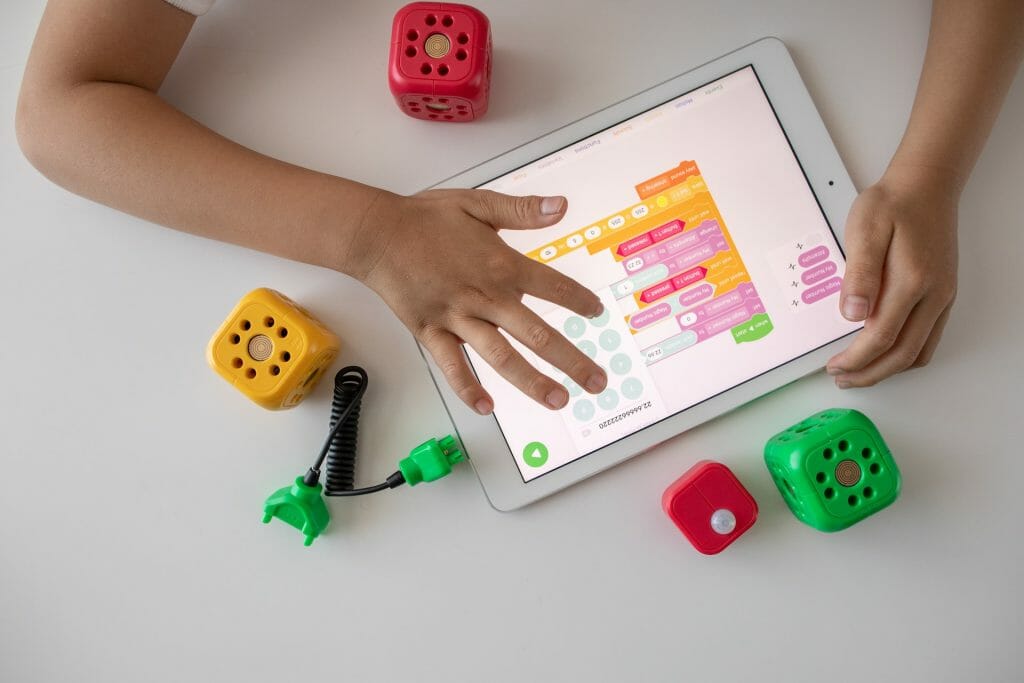
Not Just Any TEL Will Do
Incorporating TEL experiences into the classroom has made education more accessible, flexible and responsive. It has also offered teachers more support for bringing in meaningful student experiences and improving content delivery and assessment. Introducing just any technology into the classroom, however, is not the best way to apply technology enhanced learning. The prevalence of TEL makes discernment of what technologies are used and how they are applied an important consideration.
The Catch-22 of Teaching Tech-Savvy Students
Students may be comfortable using technology and navigating different platforms, but this does not automatically translate into an enhanced learning experience. Just because today’s students are tech-savvy does not mean that the array of technologies they interact with daily serve the purpose of learning. Students are just as likely to use technology to zone out as to tune in, which can act as a barrier for TEL learning.
It is important to remember that the very reason that students find technology to be within their comfort zone makes it crucial to integrate the right technology enhanced learning opportunities into the classroom. It is imperative that the technologies being used improve students’ education experience and learning outcomes. In other words, when it comes to 21st century learning, engagement matters.
The right technology integrated into lessons can improve student interaction with content, which can then improve their understanding of that content. The more interactive and richer the content, the better it is at capturing student attention and deepening their learning experience.
TEL education needs to include ways for students to tune in instead of tune out. One way to do this is by using e-learning platforms that deliver memorable experiences, like how Livestream Learning Studio presents content through stories, humor and in-the-moment interaction. This type of engagement meets students where they are at, through platforms they are comfortable with, but also with a creative and innovative way to capture their attention and deepen their learning. This is key to making technology enhanced learning what it is meant to be – enhanced.
Interactive Technology Is Key
Interactive, creative content not only grabs student’s attention, it helps keep students engaged in learning. Incorporating technology into the classroom that allows for interaction helps make the content come alive for students. Educational platforms, like Livestream Learning Studio, where educational content is presented in a fun, interactive and memorable way through creative, story-based learning, helps students become engaged and stay engaged. An experience that is not only educational but also fun has the benefit of making it more memorable, which in turn also supports student retention.
Technology Enhanced Learning Examples
There are many ways to bring TEL experiences into the classroom to benefit student learning, including digital applications, interactive livestream platforms, video libraries, e-books and gamification. Technology enhanced learning allows for more innovative and comprehensive ways to access, deliver, interact and learn content for both teachers and students. So, what are some examples of how TEL is used?
E-books
Digital books delivered via devices are easy to carry, access and share. They also come with faster and more frequent content updates, keeping the material up-to-date and relevant. Costly and outdated textbooks no longer need to be replaced. The world changes quickly, textbooks need to as well. E-books also allow for more integrated learning through digital note taking and highlighting.
Digital Devices
Computers and tablets are a mainstay in classrooms. They are foundational equipment that allows students to access and use a myriad of digital learning resources including notes, illustrations, quizzes, syllabi, progress reports, research libraries, podcasts, video learning and livestreams. This is an integral part of the classroom experience and the opportunities to leverage resources via devices is almost endless.
Gamification
Learning applications that present educational material through interactive games help supplement lessons in fun, safe and innovative ways. These platforms allow students to review material, take quizzes and learn new concepts through the act of play. They can also be used as an assessment tool.
Livestream Learning
Livestream technology offers teachers the opportunity to bring live, interactive lessons, presented in fun, entertaining and educational ways, into the classroom from anywhere in the world. Platforms like Livestream Learning Studio give educators in-class support on standards-based lessons without compromising planning time
Final Thoughts
Technology enhanced learning becomes essential to educational outcomes when it is implemented with purpose with an emphasis on engagement and interaction. By supporting both educators and students TEL can improve learning outcomes and make life-long learning enjoyable. Constantly changing technology is here to stay. Learning to use it in innovative ways, including the learning process, makes students ready to tackle the real world.

